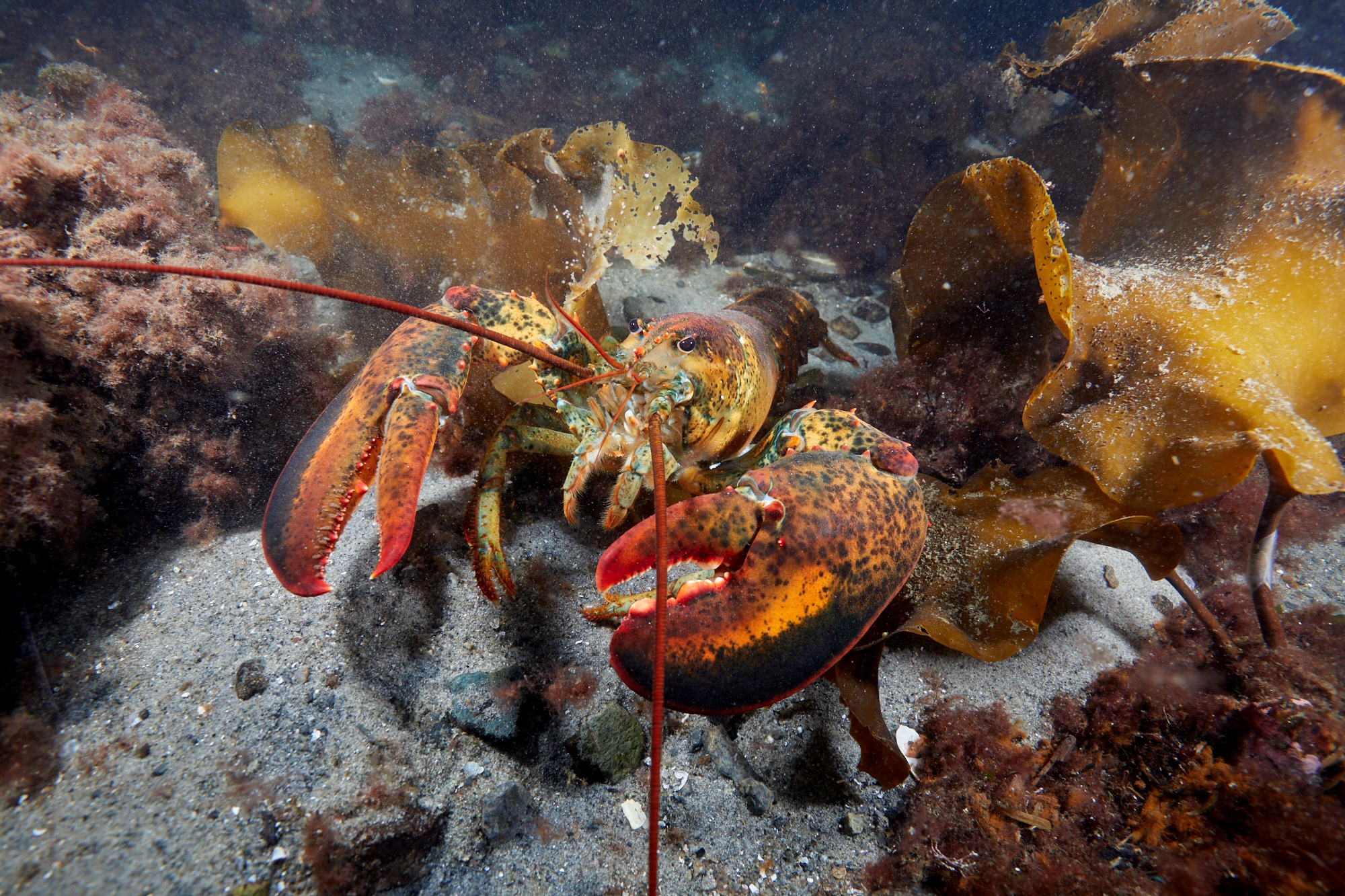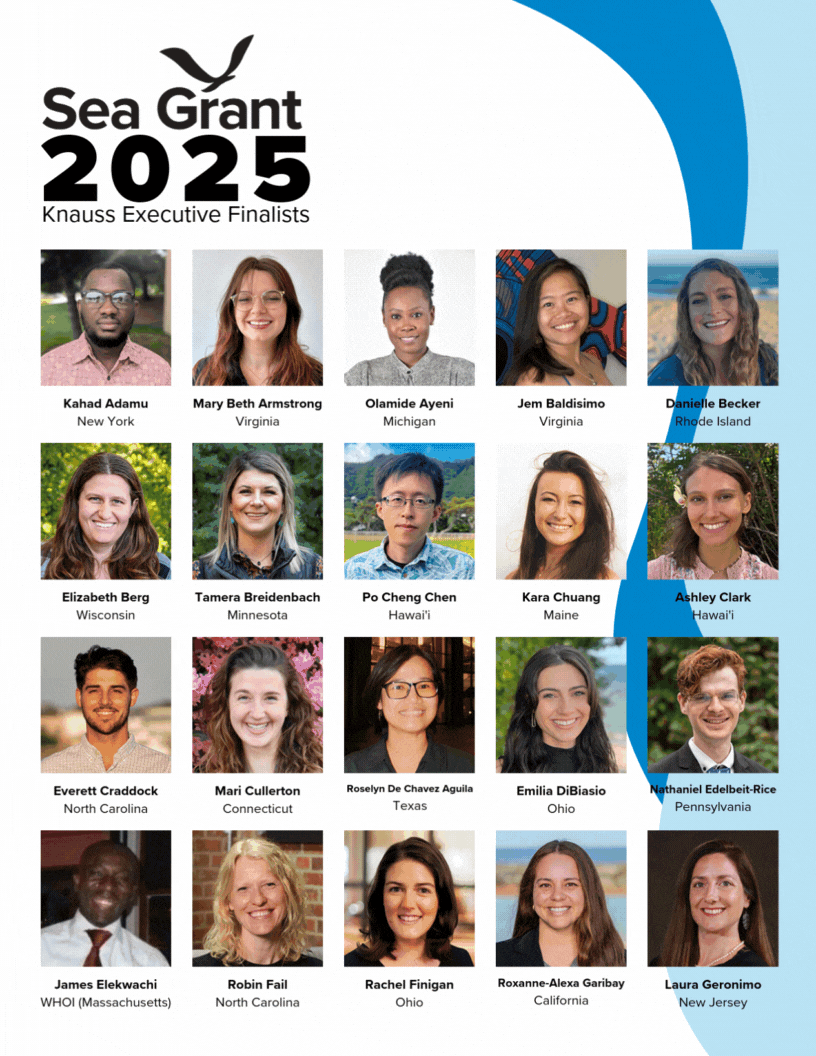By Rick Cooper, Oregon Sea Grant
For 50 years, Sea Grant has been helping the country’s coastal and Great Lakes communities prepare for and adapt to change. Perhaps one of the biggest changes they face now is a changing climate, driven primarily by increased concentrations of carbon dioxide, methane, and nitrous oxide.
Kai Parker, Oregon Sea Grant’s 2015–16 Robert E. Malouf Fellow, wants to learn how climate change will affect estuaries—especially small ones, like those prevalent in the Pacific Northwest. “Since small estuaries are strongly coupled to their watersheds,” Parker said, “signs of climate change will show up most quickly in these systems.” What this change will look like, and how it will affect our coastal communities and ecosystems, is the foundation of his research.
“The first question that should be asked in a research project,” Parker said, “is ‘Why does this matter?’” He thinks this is especially important when viewing the research through the lens of Sea Grant’s mission of connecting research and stakeholders. For him, the answer is that “our coasts will change in response to climate change, and if we can find ways to more accurately predict what those changes might be, we’ll have a better chance of being prepared.”
Parker said experience has shown him it’s difficult to gain traction with stakeholders over the problem of climate change because of its nebulous nature. His research makes an effort to replace this undefined risk with something actionable that can be integrated directly into community planning. “In this way,” he said, “I believe my research and Sea Grant’s base ethic of public service are aligned, as my work is specifically designed to create usable products for Pacific Northwest communities.”
Among those potentially usable products are flood risk maps developed through numerical modeling that examines estuaries as they change through time, driven by the predicted future climate. The current state of the practice for this type of study, Parker said, is the “bathtub model,” in which one simply raises the water level by the predicted amount of sea-level rise. However, he pointed out, this model ignores other effects of climate change such as precipitation, wind, and wave action resulting in oversimplified predictions.
The solution? Expanding this paradigm through something called a coupled framework continual hydrodynamic model run, which captures the many ways in which climate change might affect an estuary. Parker’s results show that changing wave climates, streamflows, local and distant weather, and even tides combine to create an incredibly complex pattern of change. For communities and ecosystems, this means that the effects of climate change are not uniform, but can be locally concentrated or mitigated by the various interacting components.
Parker said he and his advisor, professor David Hill in Oregon State University’s College of Engineering, have attended several stakeholder meetings regarding coastal hazards and local community planning, to present their research and get feedback as to what products might be most useful. He said they intend to continue being a presence at such meetings and to provide a scientific resource to communities interested in learning how climate change might affect them.
Parker added that, while he has by no means solved the question of how climate change will affect small estuaries, he hopes someday his research will provide a viable tool to help make coastal communities and ecosystems more resilient to the effects of climate change.
Learn more:
Online video: Climate Change: How Should We Adapt?
Journal article: Climate change impacts on wave and surge processes on a Pacific Northwest (USA) estuary
How to apply: Robert E. Malouf Marine Studies Scholarship


